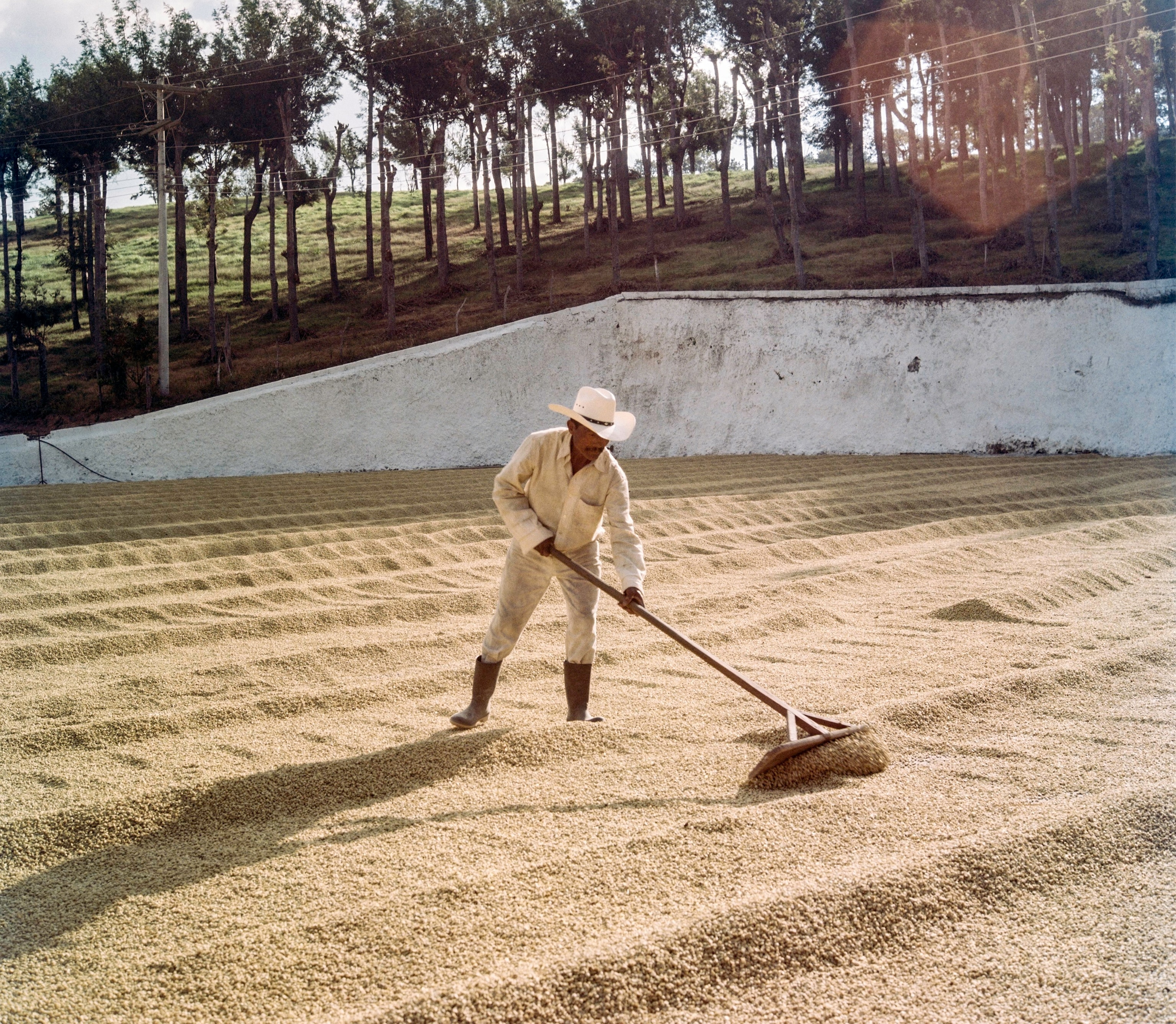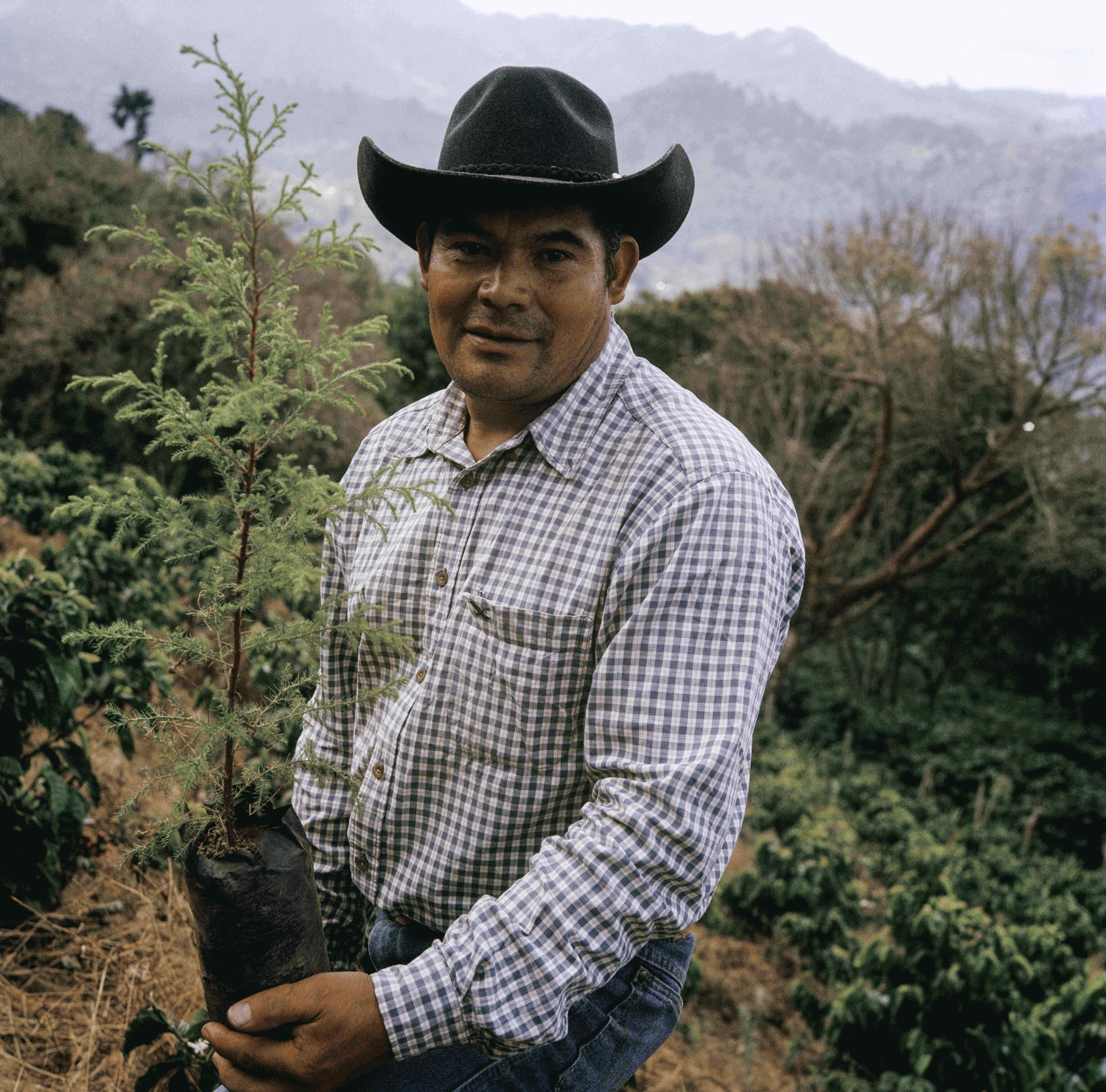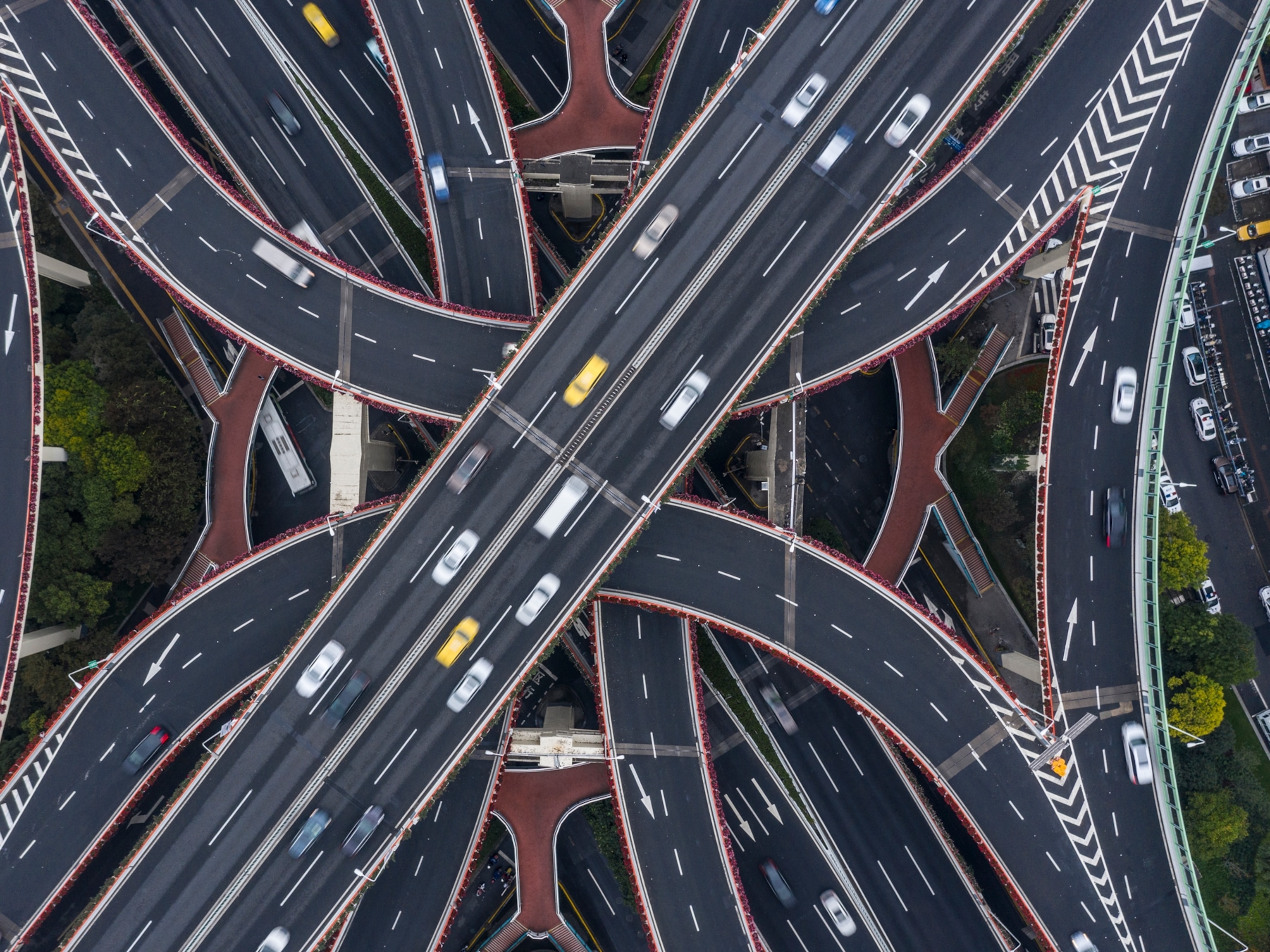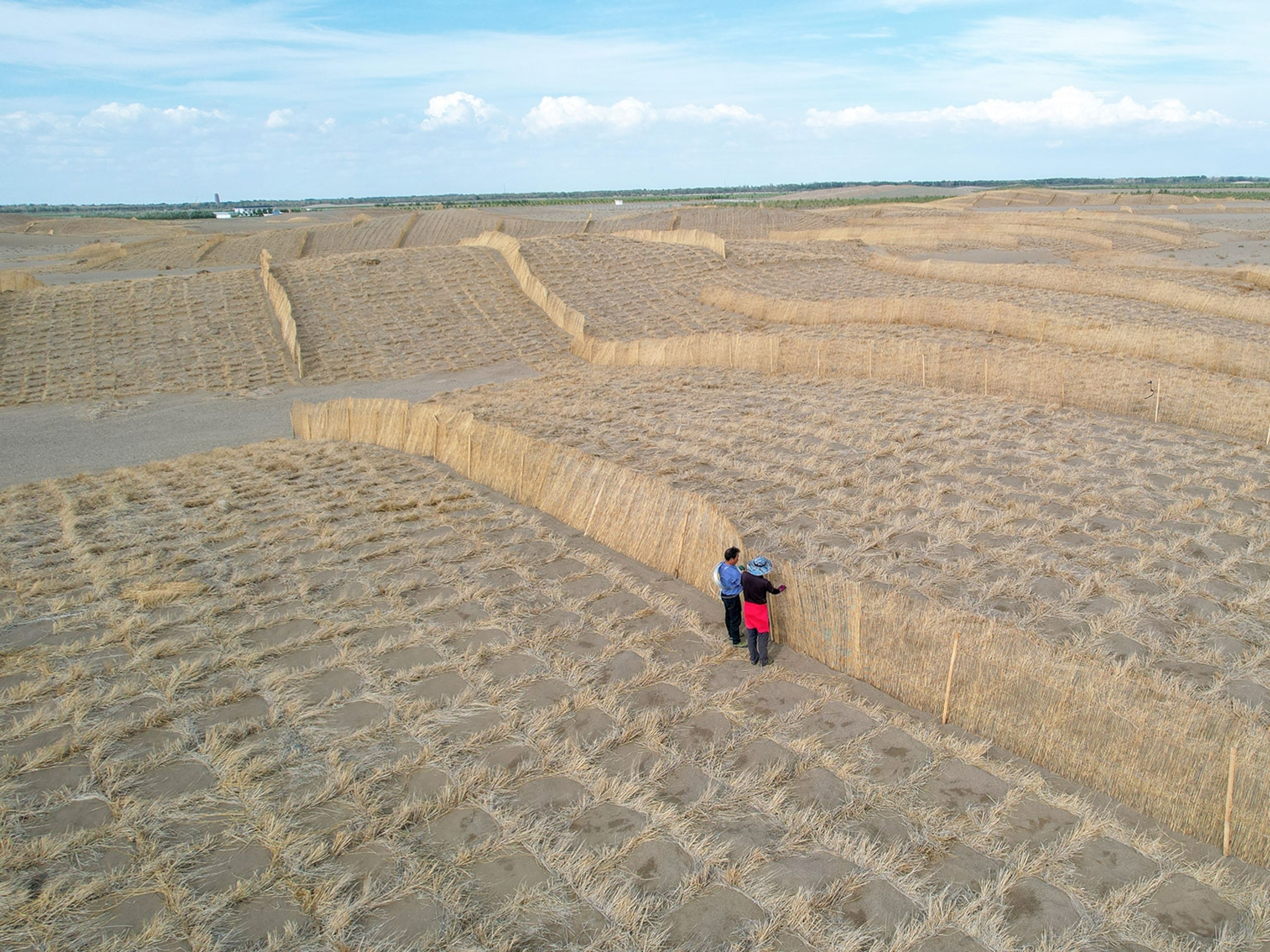Growing a sustainable coffee future
Through its innovative agroforestry program, Nespresso is helping protect the planet and coffee production.

Our morning cup of coffee is on the brink of extinction. According to a 2019 report by scientists at Britain’s Royal Botanic Gardens, 60 percent of all wild coffee species could disappear in the coming decades due to worsening climatic conditions, deforestation, and the spread of fungal pathogens and pests. Climate change alone, experts predict, could cut the land suitable for Arabica coffee production in half by 2050.
Nespresso is working to ensure that doesn’t happen. To protect the planet and coffee production, the company is battling climate change from the ground up by planting millions of trees. By 2020, Nespresso plans to have added five million new trees to its coffee-producing regions in Colombia, Guatemala, Ethiopia, Indonesia, Mexico, and Nicaragua. Planting trees offsets harmful carbon emissions—helping Nespresso achieve its goal of carbon neutrality—and helps coffee farming families build sustainable futures by improving soil quality and ensuring long-term quality coffee production.
For Nespresso, trees are one of the essential keys to a sustainable future—not only of high-quality coffee but of the world’s rich coffee-growing cultures. Explains Arnaud Deschamps, CEO of Nespresso France in a recent interview, “You plant trees to offset your emissions. You help farmers with better land, better ecosystems and better revenues, so their children want to be farmers, too. And, we upgrade the coffee quality for our consumers.”

PUR Projet, an organization that is a principal architect of insetting, an innovative type of carbon emissions offset that integrates socio-economic and environmental projects within a company’s supply chain, is helping Nespresso achieve its ambitious five-million tree goal. Unlike traditional carbon offsets, which are purchased to compensate for company-related emissions, insetting takes a holistic approach focused on proactively restoring ecosystems and building sustainability.
For Nespresso, PUR Projet designed a custom agroforestry initiative that combines agriculture and forestry to make smallholder coffee farms more resilient to the effects of climate change. To meet the unique needs of each region, PUR Projet selects native trees and partners with local agronomists working with Nespresso and farmers through Nespresso’s AAA Sustainable Quality™ Program. The initiative works to create long-term, sustainable coffee quality by building direct relationships with farmers. Beginning in 2014, the Nespresso agroforestry program began rolling out in Colombia, Ethiopia, and Guatemala. To date, Nespresso has achieved its carbon-neutrality goal.
Between 2014 and 2018 alone, 3.5 million trees were planted in the three countries. Over the next 30 years, those trees are expected to remove (sequester) an estimated 398,000 tC02e (metric tons of carbon dioxide equivalent) from the atmosphere. Here’s how it works: Trees absorb carbon dioxide and potentially harmful greenhouse gases, such as sulfur dioxide and carbon monoxide, from the air through photosynthesis and return oxygen back into the atmosphere as a byproduct.

When in balance, greenhouse gases keep the planet’s climate habitable by trapping heat from the sun. Today’s historically high levels of greenhouse gases—primarily caused, scientists say, by the burning of fossil fuels—however, have trapped heat close to the Earth. The resulting climatic change is what’s altering the very land, air, water, and weather patterns coffee growers have relied upon for generations.
By strategically placing trees at the center of coffee production systems, Nespresso’s agroforestry program may not save the entire planet, but they are a giant step forward in the effort to save coffee by restoring and preserving coffee ecosystems.
In Guatemala, for example, where coffee farms sit on steep slopes prone to erosion, Nespresso AAA Sustainable Quality™ Program farmers in Huehuetenango and Jalapa have learned how to preserve soil, water, and organic matter. The tall trees standing in coffee fields aren’t the only tangible signs that the program is taking root. With the introduction of the agroforestry program, soil quality is expected to steadily improve in the near future.
According to PUR Projet, trees slow runoff, stabilizing the soil and increasing its water retention capacity. Trees also create organic matter, enriching the soil and preventing degradation. In addition, the taller trees help protect coffee plants from increasingly unpredictable weather patterns—such as extreme drought and heavy rain and wind—and help farmers diversify by providing fruit, spices, wood, and other byproducts to sell. These programs bring many benefits to coffee growers, as well as to the land that they rely on to bring us the high-quality coffee that we love to drink.





